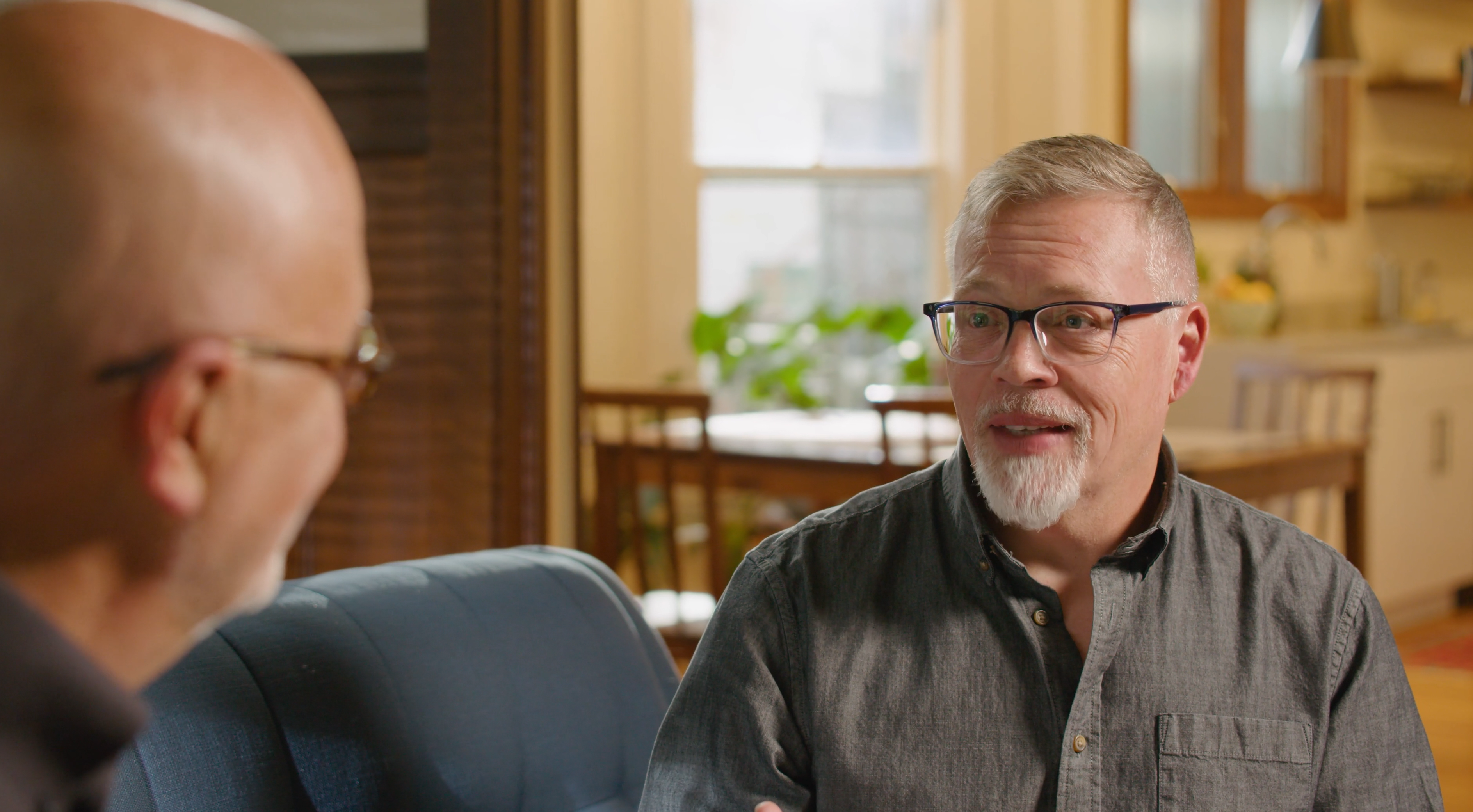After you’ve qualified your donors, tiering your caseload is the next step to help you focus your time so that you’re spending the majority of your effort on donors who have both a deep connection to your organization AND the potential to give significantly. But how do you know which donors should be considered “Tier A” with the highest level of personalized outreach, versus “Tier C” with less personalization in their messaging?
In this Question of the Month video, Richard and Jeff discuss how to determine which of your donors belong in Tier A, B, or C, how many donors should be in each tier, and how to allocate your time between each donor group.
If you’d like to learn more about tiering and the rest of our system and structure for major gifts, be sure to check out our Certification Course for Major Gift Fundraisers – the next session starts June 5th!
Watch the Question of the Month here:
Read the full transcript below:
Richard Perry
Hi, and welcome to this month’s Question of the Month. We believe that tiering your caseload is one of the most valuable strategies you can implement. Without a tiered caseload, it can be impossible to know how to focus your time, and where to invest in building deeper relationships. Today, we’re going to be discussing our answer to, “How do you actually tier a caseload?”
Jeff Schreifels
I love that question. And it’s so important. But let’s first talk about why we tier: to help focus the frontline fundraiser’s time. Because donors are different. And the major gift officer only has so much time, right? And, when you figure it out, all the stuff that they’re doing, vacations, and everything else, it’s like 12 to 14 days a month that they’re just focused on it. A tiny amount of time. So we have to tier to be able to let them focus on their top level donors first and then go down the line. That’s the basis for tiering. How do you actually do it? First, you look at the overall revenue that they’re bringing in. Obviously, your highest level donors, and the most recent of their giving, those would be in the top tier. Along with, in your A-level, would be donors that have high capacity, as well. Or, that we know something about them that they’re going to give a transformational type of gift. So all of those factors would help you develop that Tier A.
Richard Perry
So, Tier A is more about the high value donors.
Jeff Schreifels
Yes. Absolutely. And if you have 150 donors in your whole caseload, Tier A is somewhere between 10 and 20 of the 150.
Richard Perry
So not very many of the whole caseload, really.
Jeff Schreifels
Very small, but it’s going to be about half of your time spent there. So, you don’t have a lot of donors to work with, but they’re your most complex donors, right? In Tier A, you have your donors with the highest giving, the strongest relationships are going to be formed in your Tier A, and your greatest potential for transformational gifts will come from that Tier A, right? So that’s your top 10 to 20 donors. Tier B, less personalization, but they have the potential to be up there. So that’s where I would say your Tier B would be. And I would say of the 150, about 50 of those donors are going to be in Tier B. And then finally, Tier C. Probably about 80 of those donors, of the 150, are in your Tier C. They’re going to have less personalization. And you’re not quite sure, are they going to move up or not? They have potential, right? Or else they wouldn’t be in your portfolio. So that’s how we would look at trying to tier your major gift program from A, B, and C.
Richard Perry
Thank you, Jeff. I hope this has given you new insight into how you can tier your caseload to maximize your time and energy. If you’re ready to learn more about tiering and the rest of our system and structure for major gifts, be sure to check out our Certification Course for Major Gift Fundraisers. This is a comprehensive training that will give you our best practices, tools, and resources to help you create a thriving major gifts program, and connect more strategically with your donors. You can learn more about this course by visiting our website or by emailing us at academy@veritusgroup.net. Thank you, and take care.

![5 Things to Do When You Get Back from the Holidays [Podcast Episode]](https://veritusgroup.net/wp-content/uploads/2023/01/Podcast-Episode-Blog-Post-Header-Image-7.png)

![A donor is showing her membership card. Moving Out of a Membership Mindset [Podcast Episode]](https://veritusgroup.net/wp-content/uploads/2022/08/Podcast-Episode-Blog-Post-Header-Image_081722.png)



0 Comments